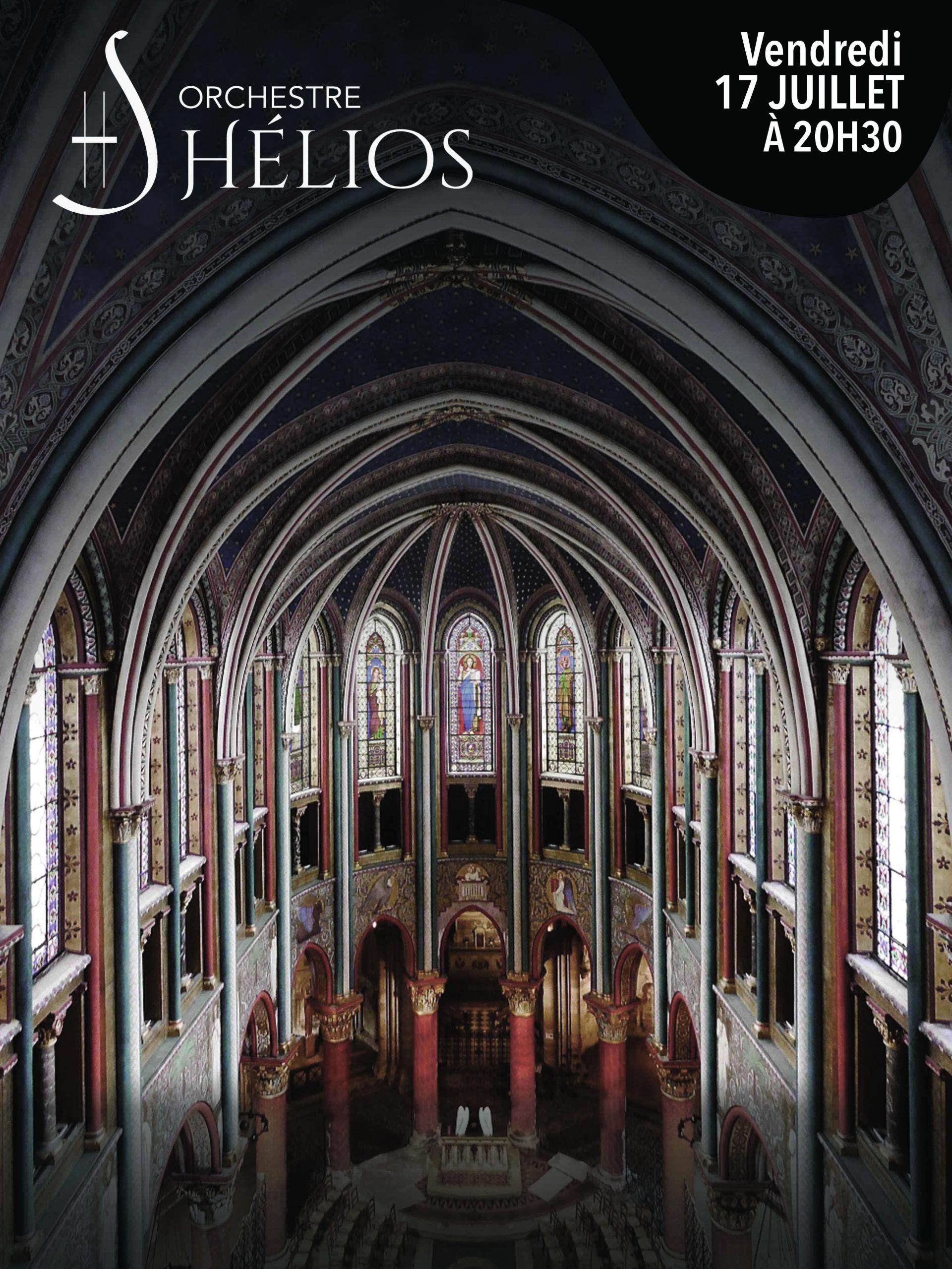Mozart Requiem
Mo | Tu | We | Th | Fr | Sa | Su |
A great Austrian pedagogue and student of Beethoven, Czerny was intimately passionate about Mozart's work. Beyond the coincidence of his year of birth with that of his death, his first public concert in Vienna at the age of nine was the Piano Concerto K 491. He later transcribed several of the composer's works for piano.
In 1827, the Benedictine abbot Maximilian Stadler, himself a musician, friend of Mozart and great defender of the authenticity of Le Requiem, commissioned Czerny to write a version for piano accompaniment for four hands.
Program and cast
December 7
Mozart Requiem
Pergolesi
Stabat Mater
Handel: Hallelujah
Orchestra Classik Ensemble
David Braccini: solo violin
December 21
Christmas Eve
Handel: The Messiah (Excerpts)
Bach:
Jesu, Joy of Man’s Desiring
Traditional Christmas Carols
Orchestra la Chambre Musikale
Choir Tempestuoso
Clemence Levy: soprano
Yete Queiroz: mezzo-soprano
Matthieu Justine: tenor
Christian-Rodrigue Moungoungou: baritone
Jean-Charles Dunand: conductor
Saint Louis en l Ile Church
Saint-Louis en l'Île is a Roman Catholic parish church located at 19 Rue Saint-Louis en l'Île on Île Saint-Louis in the 4th arrondissement of Paris, France. It was constructed between 1664 and 1725, and is dedicated to King Louis IX of France, or Saint Louis. The church was originally built in the French Baroque style of the 17th century, but much of the interior decoration was taken or destroyed in the French Revolution. The church was extensively restored and redecorated in the 19th century.
History
In the early 17th century the Île Saint-Louis was uninhabited. When the first houses were built on the island, a parish was created and the first chapel was constructed in 1623.
As the population of the island grew, a larger church was needed. The new church was designed by the architect François Le Vau (1613–1636), younger brother and assistant of the more famous royal architect Louis Le Vau, who designed facades and rooms for the Palace of Versailles, Louvre and Institut de France. The church was the only building François built without his brother. It is in the French Baroque style of the 17th century.
The first stone was placed on 1 October 1664 by the Archbishop of Paris, but work was delayed by a shortage of funds and other mishaps. The architect died soon after the project began, and was replaced by Gabriel Le Duc and then by two more architects in succession. A wind storm in 1701 destroyed the new roof.[5] Due to the long delays, houses were built next to the church, taking the space originally intended for the traditional west front, which had to be relocated. The church was not completed until 14 July 1726, sixty years after the beginning of its construction. The original bell tower was destroyed by a storm in 1740, and was replaced by a new openwork tower, which allowed the strong winds on the island to pass through. Another unusual feature of the tower is the clock, which hangs over the street like a shop sign.
Exterior
The spire is unusual, designed to allow the wind to pass through
Sculpture depicting two angels holding the royal coat of arms. The coat of arms was smashed during the French Revolution.
A clock suspended from the side of the tower indicates the entrance of the church.The portal is decorated with a sculpture depicting two angels with their arms outstretched holding the coat of arms of France. This was a reference to the patron saint of the church, King Louis VII or Saint Louis. The angels are still there, but the coat of arms was smashed during the French Revolution.
Interior
The interior is very large, but is given a more human dimension by the profusion of ornament and gilding, and detail. was decorated following drawings by Jean-Baptiste de Champaigne (1631–1681), and displays the lavish French Baroque style of the 17th century. The arcades have rounded arches and as pilasters with trompe-l'oeilchannelling, joined with columns with Corinthian capitals, carved of travertine stone, and decorated with sculpted foliage and angels. Other decoration includes a variety of sculpted sceptres, the hands of justice and other royal emblems, illustrating the association with King Louis IX.

 EN
EN DE
DE IT
IT FR
FR ES
ES RU
RU JP
JP RO
RO